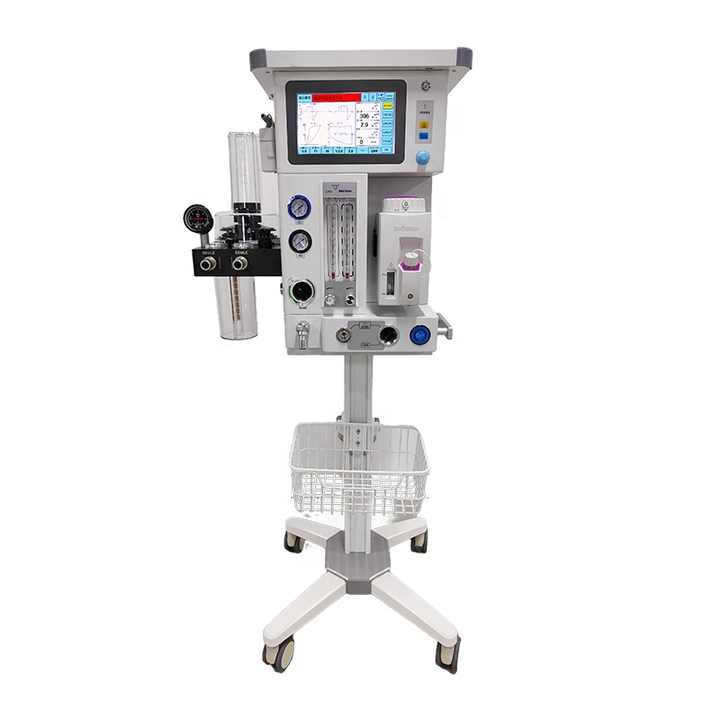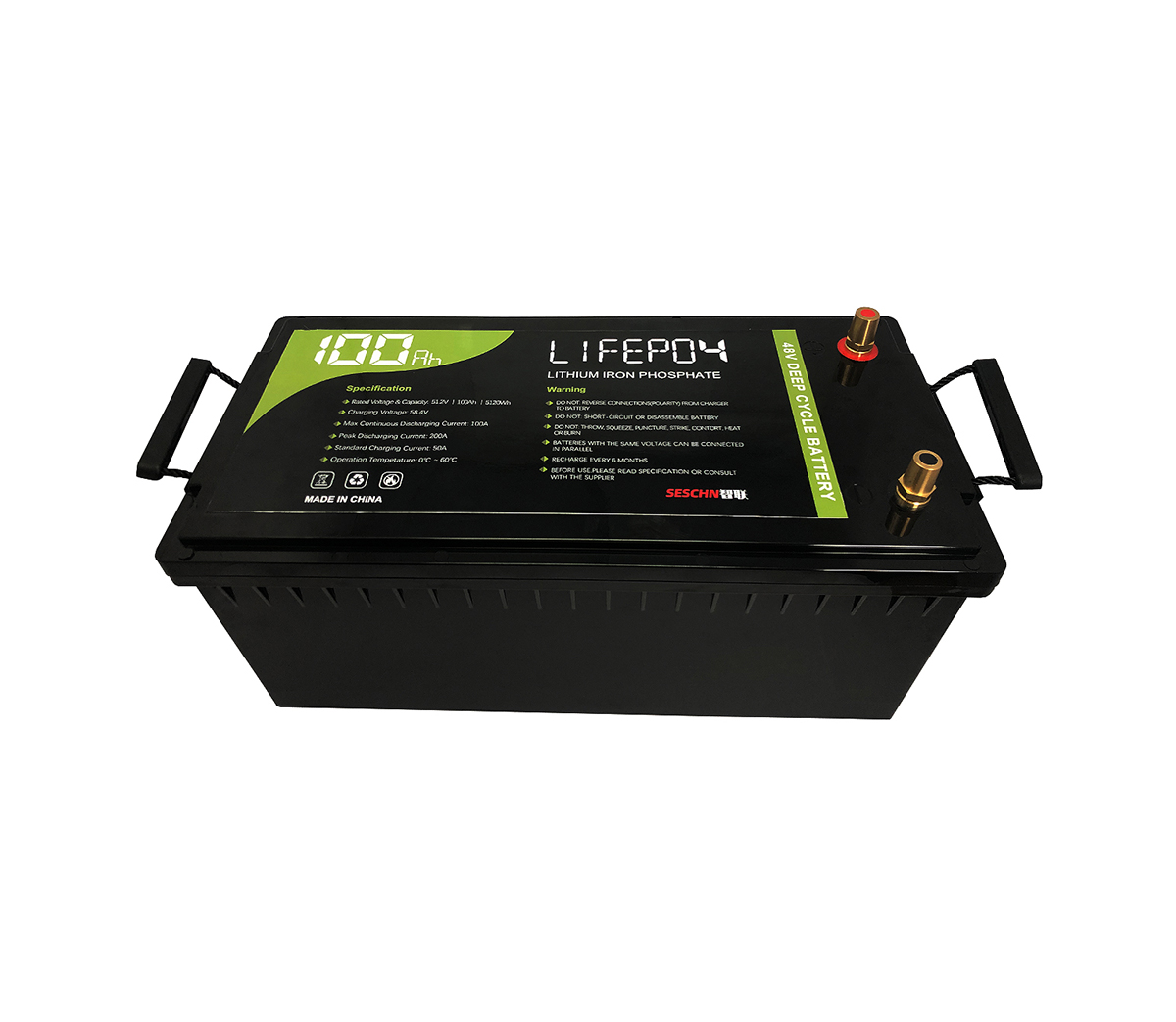What is the phase separation in the positive electrode of high voltage
spinel lithium ion battery
High-voltage positive lithium-ion batteries represented by spinel lithium
nickel manganese oxide have the advantages of high capacity, low cost, low
environmental hazard, and strong safety, and are therefore recognized by the
battery industry. ·
The high-voltage positive lithium-ion battery represented by spinel lithium
nickel manganese oxide has the advantages of high capacity, low cost, low
environmental hazard and strong safety, and has been recognized by the battery
industry. From the perspective of basic theory, a deep understanding of phase
separation in solid-state electrodes is of great significance to fundamentally
solve the inherent stability defects of this type of material. From the
perspective of practicality, studying the behavior of phase separation in actual
porous composite electrodes and matching it with the size effect, crystal face
adjustment and surface passivation film of lithium nickel manganese oxide is a
combination of basic research and actual The ideal way to combine applications.
However, this idea can only be realized with advanced characterization
methods.
Dr. Zhou Jigang of the Canadian Light Source Energy Storage Group, Dr. Wang
Jian of the Chemical Imaging Line Station, and Associate Professor Lu Mi of
Xiamen University of Technology and Professor Fang Haitao of Harbin Institute of
Technology have worked closely together to innovatively have element and orbit
selectivity, chemical and electronic structure sensitivity Transmitted X-ray
scanning microscopy (STXM) is used to study the behavior of phase separation in
porous electrodes. For the first time through this work, the researchers
realized the nano-level visualization of the correlation of multiple phase
separation phenomena after a complex composite electrode was cycled and stored
for a long time. The electrode after phase separation showed unevenness beyond
prediction. This inhomogeneity is closely related to spinel size, crystal plane
structure, and surface passivation.
This study found for the first time that the inhomogeneity of phase
separation, which is traditionally believed to exist only during rapid charging
and discharging, can be obtained under approximately steady-state reaction
conditions. This discovery is of great significance for further deepening the
understanding of the important electrode process of phase separation. This
method can be extended to other electrode systems to study the reaction
mechanism and attenuation mechanism.
"Phase separation imaging" uses a single-phase spectral decomposition
fitting for the absorption spectrum of each pixel unit. This work is based on
PrincipalComponent Analysis (PCA) to obtain each single phase (Ni4+ corresponds
to the fully charged phase, Ni3+ corresponds to the partially reduced phase, and
Ni2+ corresponds to the fully reduced phase). The use of PCA can avoid the human
error introduced by the external standard spectrum, so the obtained phase
separation imaging is more accurate and reliable. Figure c is the three
corresponding Ni absorption spectra obtained using PCA. The high degree of
unevenness of phase separation is well reflected in Figure b. It can be seen
that the phase separation is firstly uneven in the electrode thickness
direction. Secondly, this kind of phase separation exists in a single electrode
particle, and the distribution between different electrode particles is
different, and the morphology and size of the particles have an effect on the
phase separation.
The author found that most of the completely reduced phase (Ni2+) exists on
the surface of the electrode particles, and only one complete electrode particle
has the Ni2+ phase, but its spectrum is different from the Ni2+ phase formed on
the surface of the electrode particles. This result indicates that the Ni2+ on
the surface should be associated with the surface passivation layer generated
during the charge and discharge cycle of the high-voltage positive electrode.
Through further observation, they found that the surface passivation layer of
the large particle electrode can perfectly protect the fully charged phase
inside the electrode particle. It needs to be emphasized again that this
inhomogeneity of phase separation is obtained under slow experimental
conditions, so the thermodynamic behavior of the reaction should be related to
the intrinsic properties of the electrode particles, including surface defects
and element segregation. Related work was published on Chemical
Communications.


































